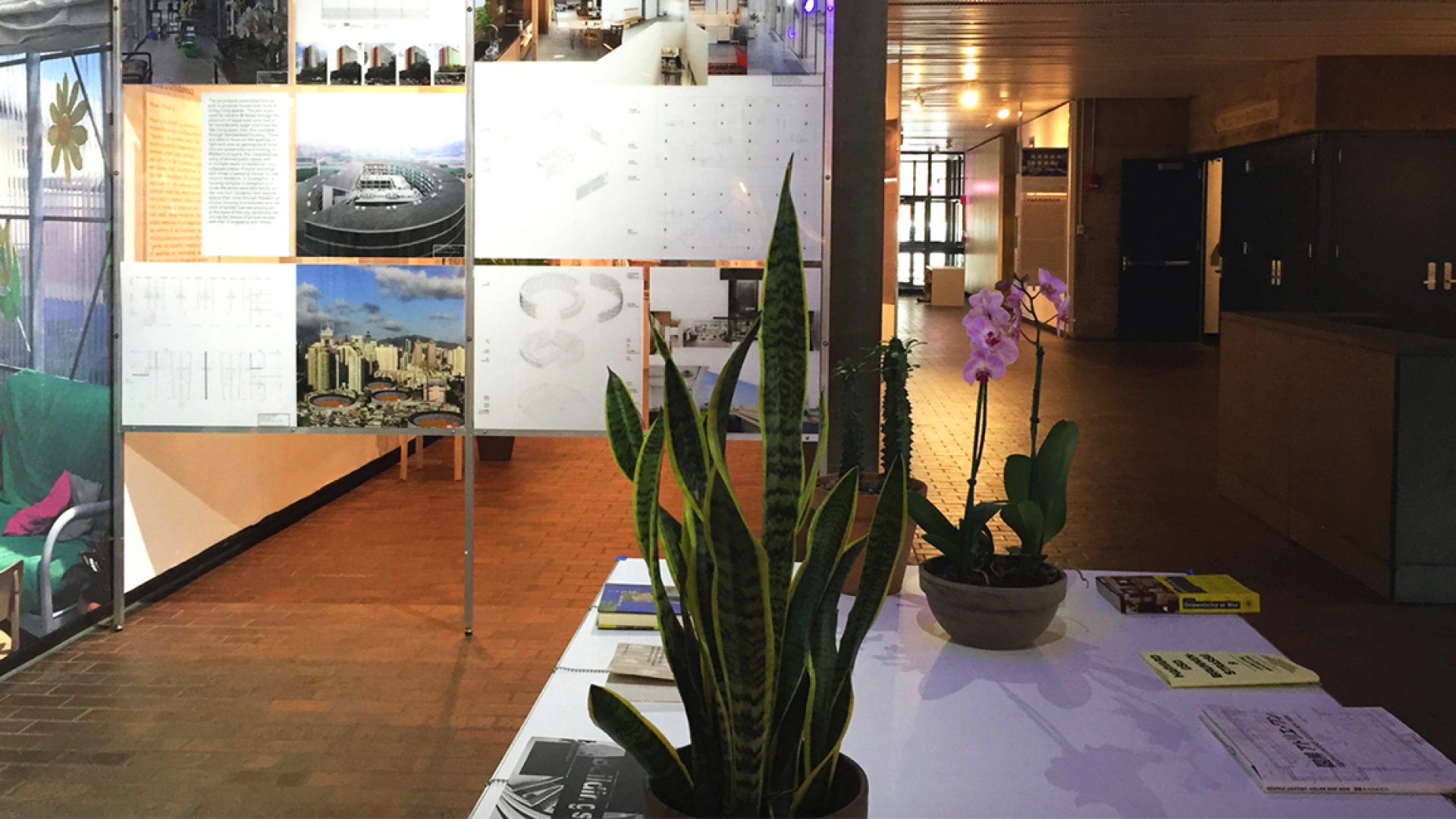A fascinating new multimedia exhibit at Harvard’s Graduate School of Design looks at housing design and its influence on communities, cultures and governmental policies around the world. This article from the Harvard Gazette highlights some of the background and details about the exhibit, “Living Anatomy: An Exhibition About Housing.”
It might be time to think a little deeper when looking around your home.
The floor you are standing on is more than simply a place to put your feet. The ceiling above does more than just provide warmth and protection from the outside elements. These structures provide a clue into how communities work, how culture changes, and how discourse and policy are shaped.
These are crucial tenets behind Harvard’s Graduate School of Design (GSD) teachings on housing, and now the results of those lessons are on display for the community to see.
Initiated by GSD Dean and Alexander and Victoria Wiley Professor of Design Mohsen Mostafavi and produced by a curatorial research team of the School’s faculty, staff, and students, “Living Anatomy: An Exhibition About Housing,” a multimedia show in the lobby of Gund Hall, just opened and will be on display until Dec. 20.
The exhibit – filled with interactive models, renderings, and texts – covers the walls of the lobby. The goal is to help answer questions about how housing has become a fundamental agent of change around the world in the last 50 years. The hope is that the discussion about design and building, both for the public and for those who work and study at GSD, will grow from a stroll through the space.
The display was part of a four-month effort to bring together a collection of work relevant to topics studied at GSD. The team chose to look at work from 1965 to now, a period that witnessed the waning of modernism. Instead of looking at one aspect of housing, the team dug into six areas.
Walk through the Gund Hall doors into the lobby with Loeb Library on your left, and immediately you are hit by a large mural of a French project (Mulhouse Social Housing: Lacaton & Vassal, Paris, 2005) that depicts a living space in what looks like an old greenhouse. The idea was to introduce visitors to the space with an eye-catching piece and get them looking at the first section of work called “Inviting,” in which housing promotes social engagement, strength, and purpose. The other sections cover “Recovery,” “Territory,” “Exposure,” “Transience,” and “Discourse.”




